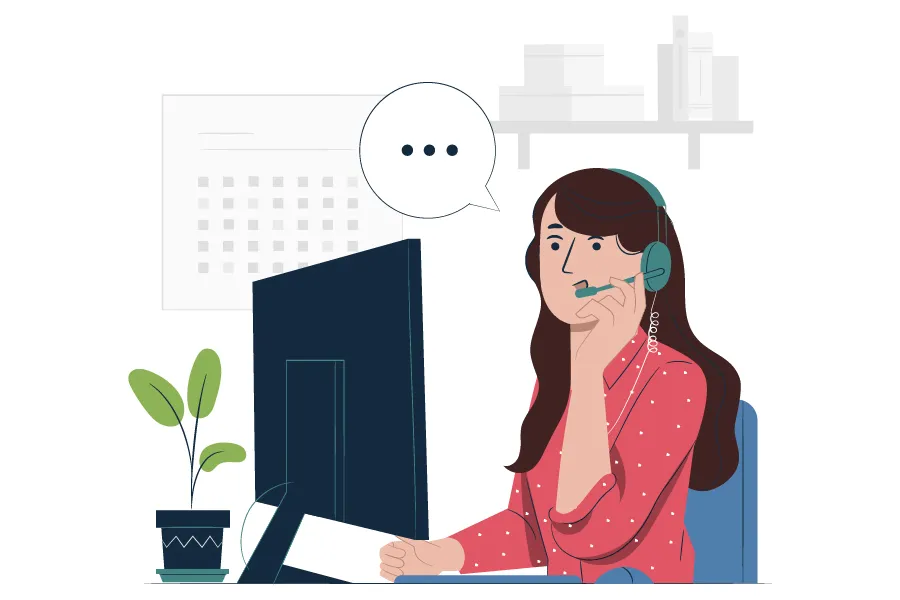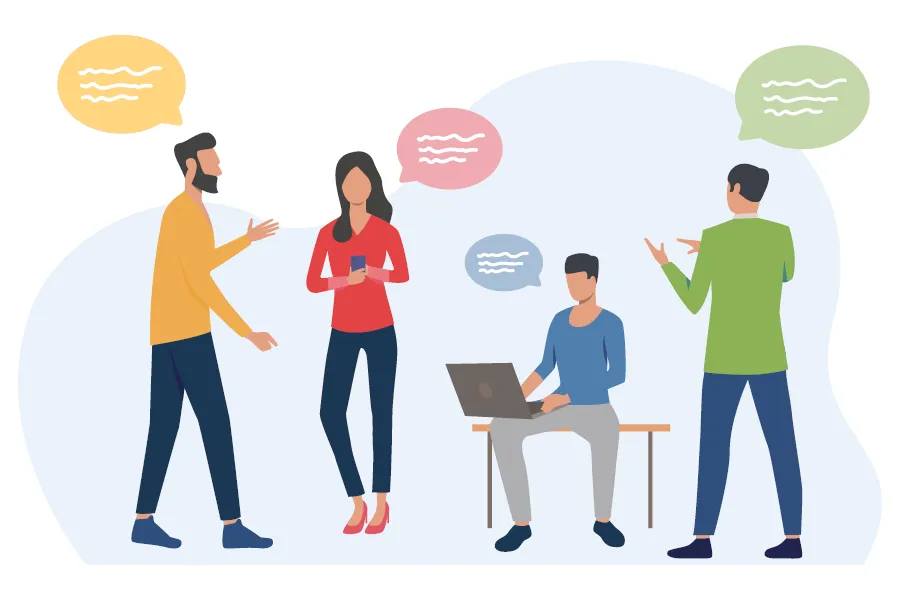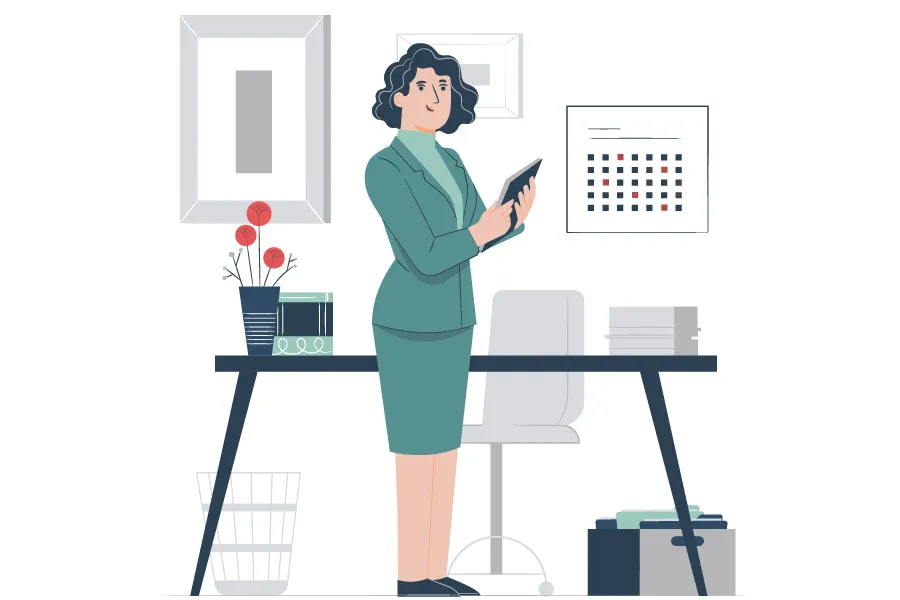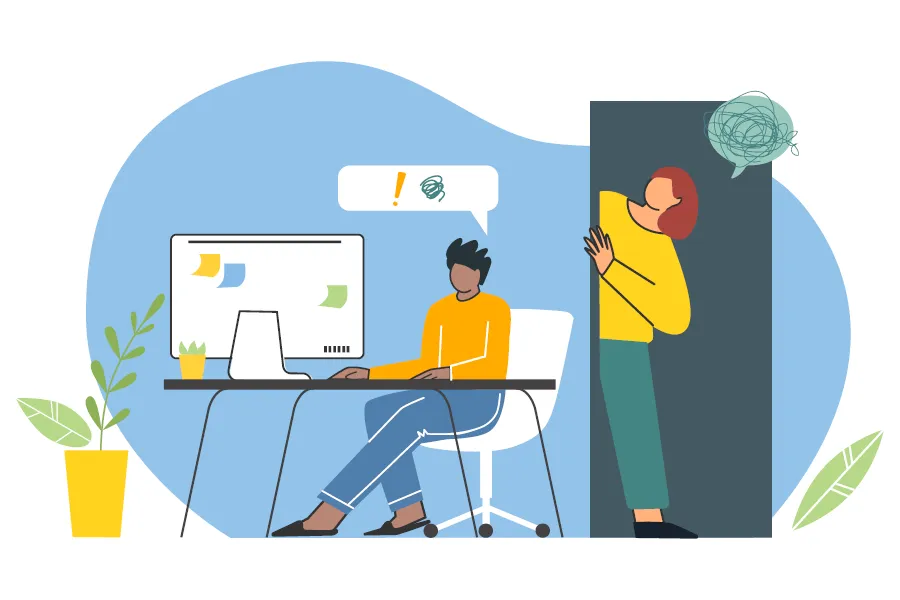PINKMACRO
Impactful e-training for enhancing personal skills. PINKTUM Macrolearnings use multimedia to develop employees' personal skills in a virtual environment.
What is PINK MACRO?
What is
PINK MACRO?
PINKmacro offers in-depth e-learning designed to enhance personal skills. Our macrolearning modules foster growth and provide deep learning through interactive elements, guided moderation, and integrated self-study phases, all aimed at developing employees’ soft skills. As a digital training solution, each PINKmacro serves as a full-fledged alternative to traditional in-person training in employee development.
Our Methodology
With an average learning time of about 60 minutes, PINKTUM Macrolearnings deliver a meaningful and lasting learning experience. PINKmacro is part of the comprehensive PINKTUM Learning Journey but can also be used as a standalone training module. All our macrolearning modules are carefully crafted with a people-first focus and top-quality instructional design.
Moderators guide you through the e-training with explanations and ensure a personal learning experience.
Inserts with real-life scenarios provide action and inspiration.
Theories are conveyed in a lively and appealing way with animated content.
Exercises to immediately test your acquired knowledge and seamlessly apply it in everyday work situations.
The entire e-training is available as a PDF document for unlimited use.
Use integrated questions to independently test your knowledge and continuously improve your soft skills.
Guides with repetitions prepare for the future and encourage further development.
Popular PINK MACROs

PINKmacro
Customer-Oriented Communication on the Phone

PINKmacro
Feedback between Colleagues

PINKmacro
Moving into the Age of AI with Confidence

PINKmacro
Female Leadership—Leading Successfully Despite Gender Barriers

PINKmacro
Resilience — Increasing Your Inner Resilience

PINKmacro
Avoiding and Defusing Workplace Conflicts
Learning Paths and Individual Trainings
All PINKTUM soft skills e-trainings are compatible with our Learning Journey. This allows you to create learning paths with PINKprofile, PINKmacro, and PINKmicro. Additionally, the macrolearnings and microlearnings are available as individual trainings for digital personnel development, offered as rental and purchase licenses.



